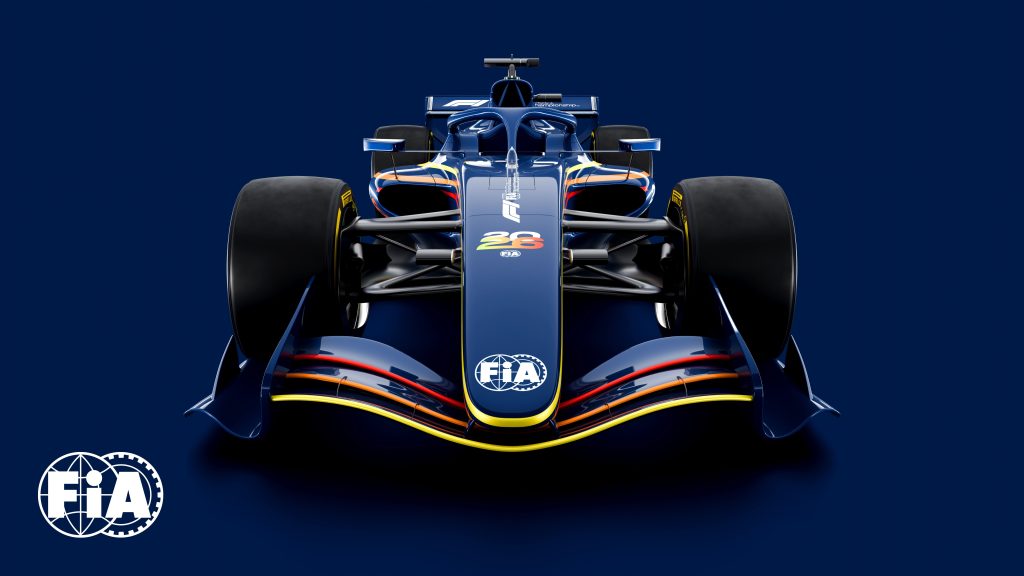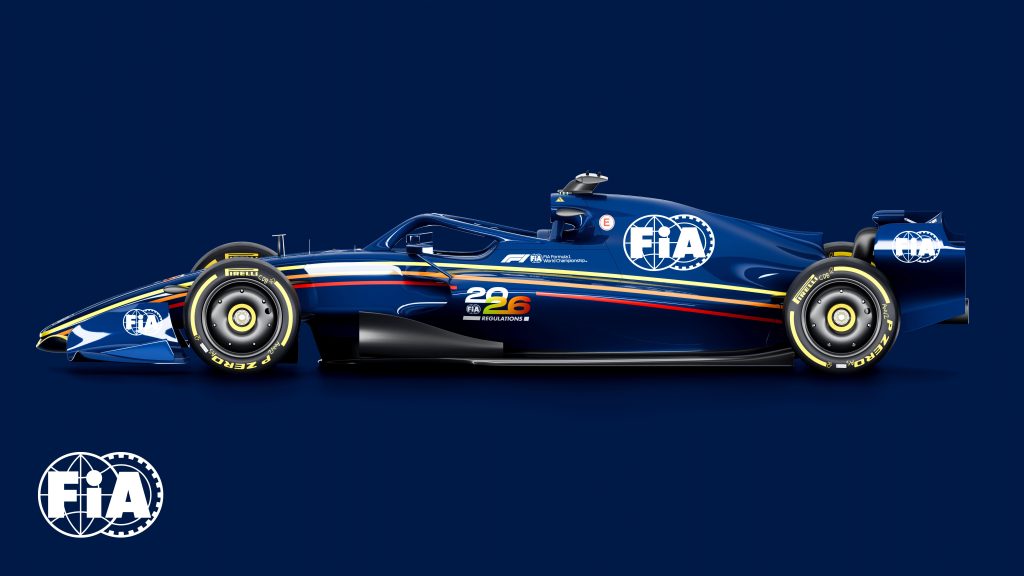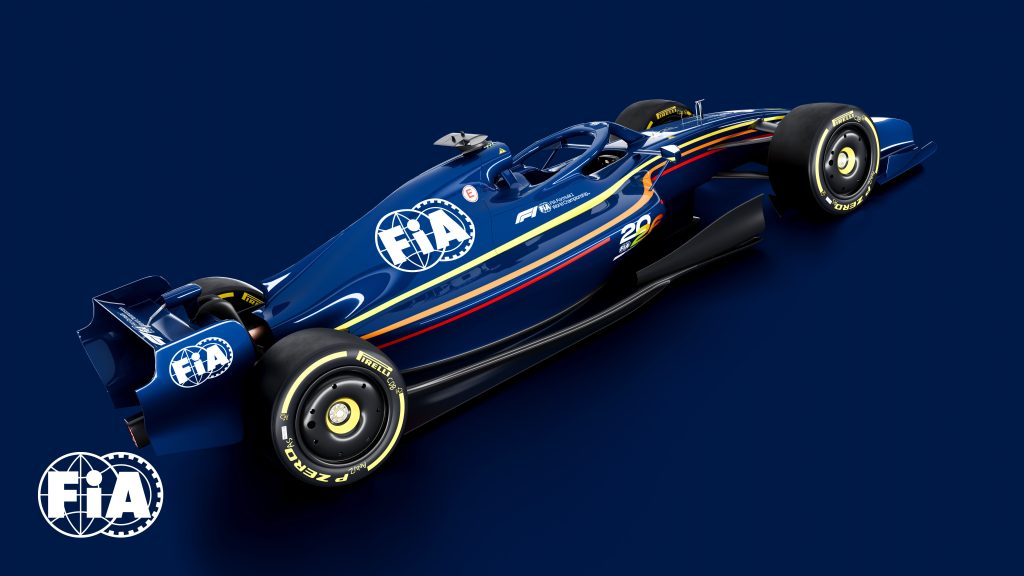A slightly smaller chassis, reduced weight, Active Aerodynamics, more battery power, improved safety systems, and 100 per cent sustainable fuel.
The FIA has outlined the details of the technical regulations that will be incorporated from the 2026 season ahead of this weekend’s Canadian Grand Prix in Montreal.
The new regulations are set to be officially ratified by the World Motor Sport Council on June 28.
“Today, the FIA is defining a hugely exciting future for the pinnacle of motorsport with the launch of a comprehensive new set of regulations for the 2026 FIA Formula One World Championship and beyond.
“Following the publication of 2026 Power Unit Regulations two years ago, we have taken the opportunity to redefine the chassis regulations to match the energy requirement of the new power units,” said FIA President Mohamed Ben Sulayem.
“Collaborating with our partners at Formula 1 and with the assistance of the sport’s 10 teams and all our stakeholders, this represents a unique revision that will ensure our premier championship is even more relevant to what is happening in the world.
“The Power Unit Regulations have already resulted in a record number of PU manufacturers committing to the sport.
“And now, in tandem with chassis regulations that provide for lighter, more agile cars featuring innovative aerodynamic solutions, we have created a set of regulations designed to not only improve racing but also to make the championship even more attractive to PU manufacturers, OEMs and existing competitors.
“The key features of the 2026 F1 Regulations are advanced, sustainability technology and safety. Our aim, together with Formula 1, was to produce a car that was right for the future of the sport’s elite category. We believe we have achieved that goal.”

As revealed in August 2022, the new power unit delivers even more power than the current ones. While the power from the ICE element drops from 550-560kw to 400kw, the battery element increases by almost 300 per cent, from 120kw to 350kw.
Additionally, the amount of energy that can be recuperated during braking is doubled, resulting in a total recuperable energy of 8.5 MJ per lap.
Emphasis has also been placed on improving overtaking opportunities with a Manual Override mode replacing the current DRS system.
The deployment of a leading car will taper off from 290 km/h, reaching zero at 355km/h. In contrast, the following vehicle will benefit from an MGUK Override that proves 350kw up to 337km/h and +0.5MJ of extra energy.

The chassis will be smaller and lighter than the current ones, with the wheelbase dropping from a maximum of 3600mm to 3400mm. The overall width has been reduced from 2000mm to 1900mm, and the floor’s maximum width has been reduced by 150mm.
The FIA revealed weight reduction was a goal of the 2026 design. The new model weighs 30 kg less than its predecessor. The minimum total weight of 768 kg comprises 722kg Car + Driver and an estimated 46kg tyre mass.
The 18-inch wheel size introduced in 2022 remains, but the width of the front tyres is reduced by 25mm and the rears by 30mm, with a minimal loss of grip.
Overall, downforce has been reduced by 30 per cent and drag by 55 per cent.
Active Aerodynamics is a new concept where moveable front and rear wings set to result in greater cornering speeds on Z-Mode. On straights, drivers can switch to X-Mode, a low-drag configuration designed to maximise straight-line speed.
A three-element active rear wing will be adopted, while the lower beam wing has been removed and the end plates simplified.
The front wing will be 100mm narrower than currently and feature a two-element active flap. Front-wheel arches will be removed, and part of the wheel bodywork will be mandated to help achieve “optimal wake performance”.
In-washing wheel wake control boards will sit on the front of the side pods to assist with the wheel wake control.
The cars will feature a partially flat floor and a lower-powered diffuser, which will reduce the ground effect and their reliance on ultra-stiff and low set-ups.

To improve safety, a two-stage structure has been introduced for front impact regulations, and side intrusion protection has been increased. Roll hoop loads have been increased from 16G to 20G, and test loads have been increased from 141kN to 167kN.
Rear wing impact lights will be homologated, brighter, and more visible, while lateral safety lights will identify a car’s ERS status when stopped on track.
Finally, from 2026, Formula 1 will run on 100 per cent sustainable fuel, in addition to the aforementioned increased battery power.
“The 2026 regulations are in line with the FIA objective of reaching Net Zero carbon by 2030,” the official release from the FIA reveals.
The 2026 season will feature a record number of six power unit manufacturers, with Ferrari, Mercedes, Alpine, Honda, Audi and Red Bull Ford Powertrains committed to the sport.
















